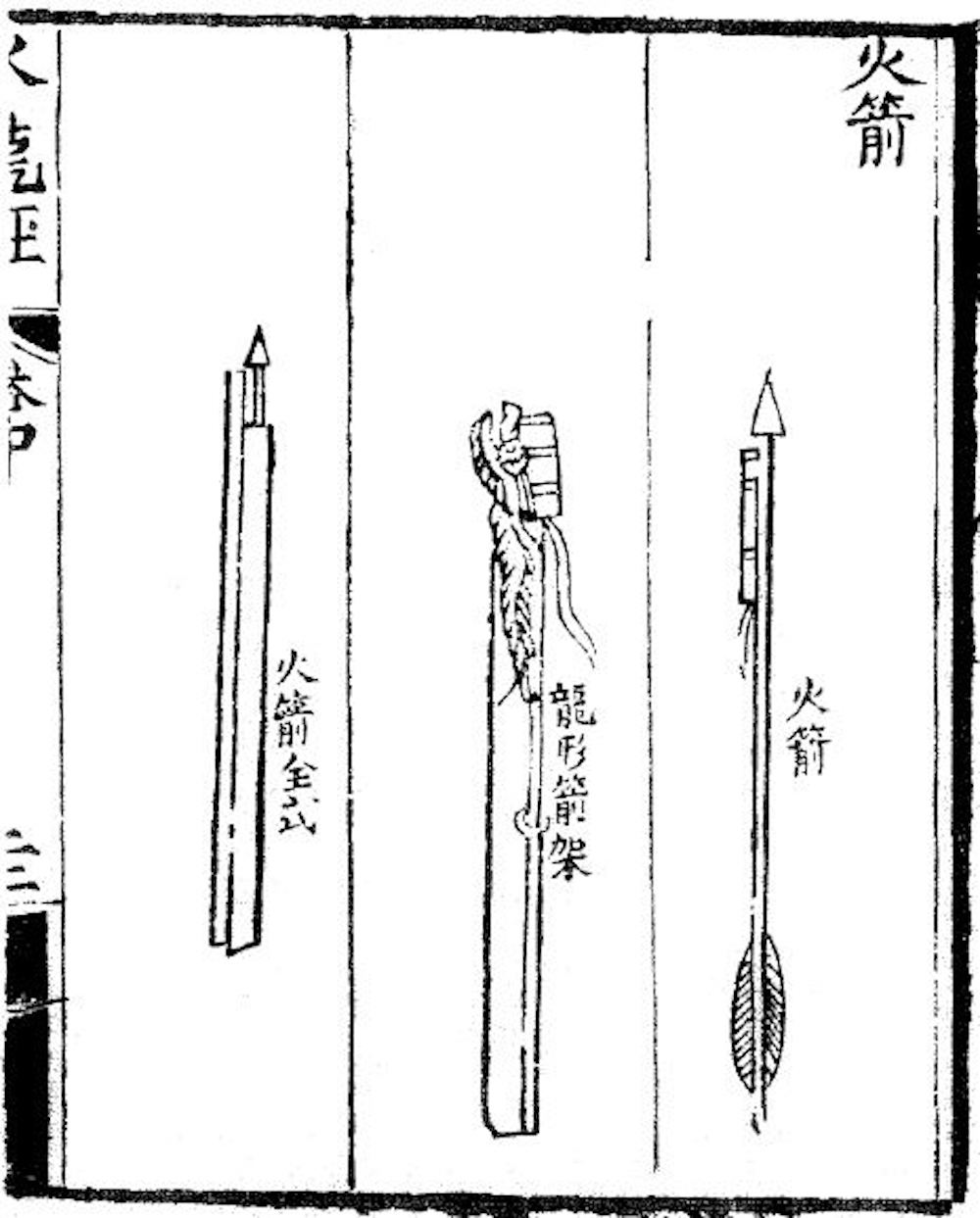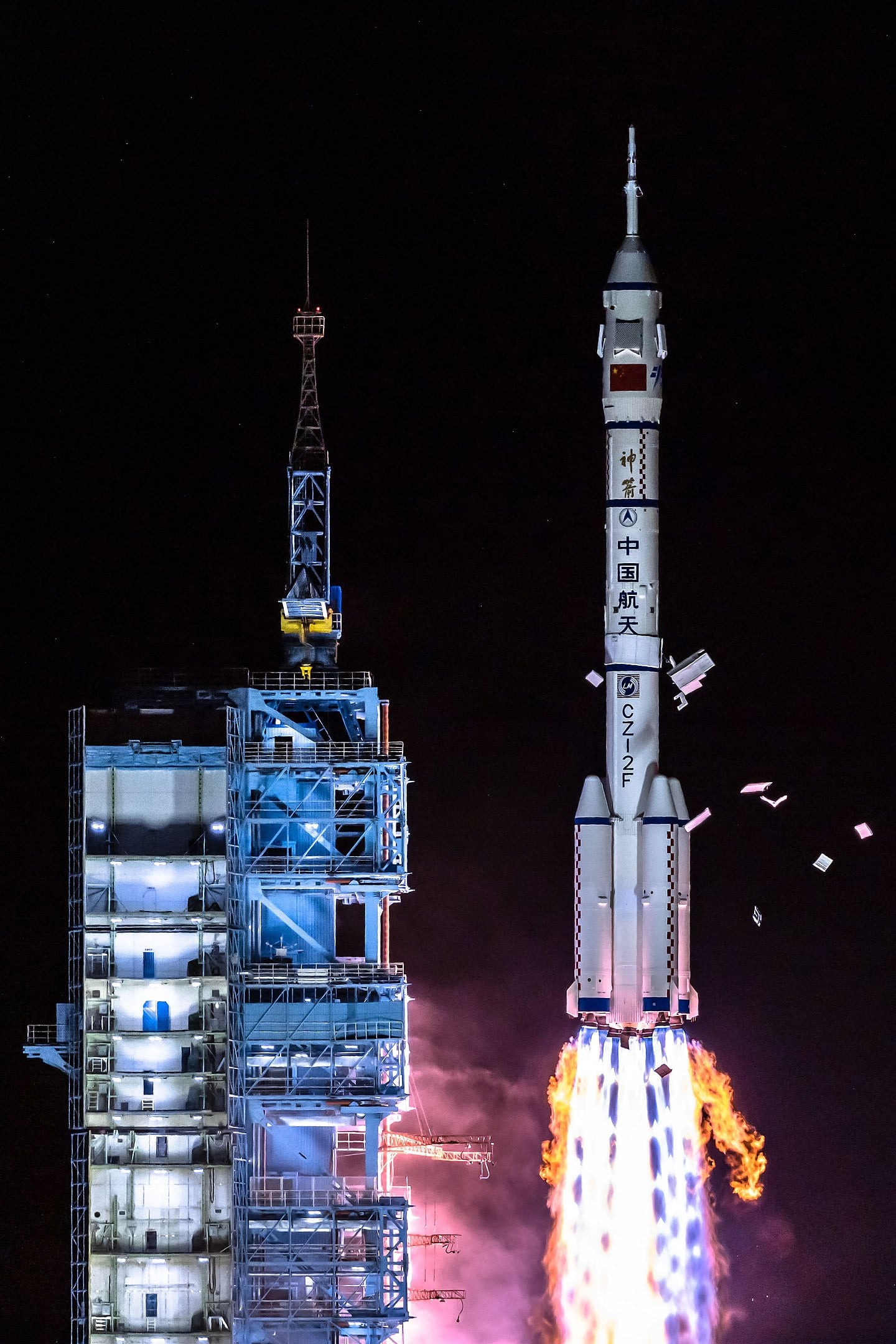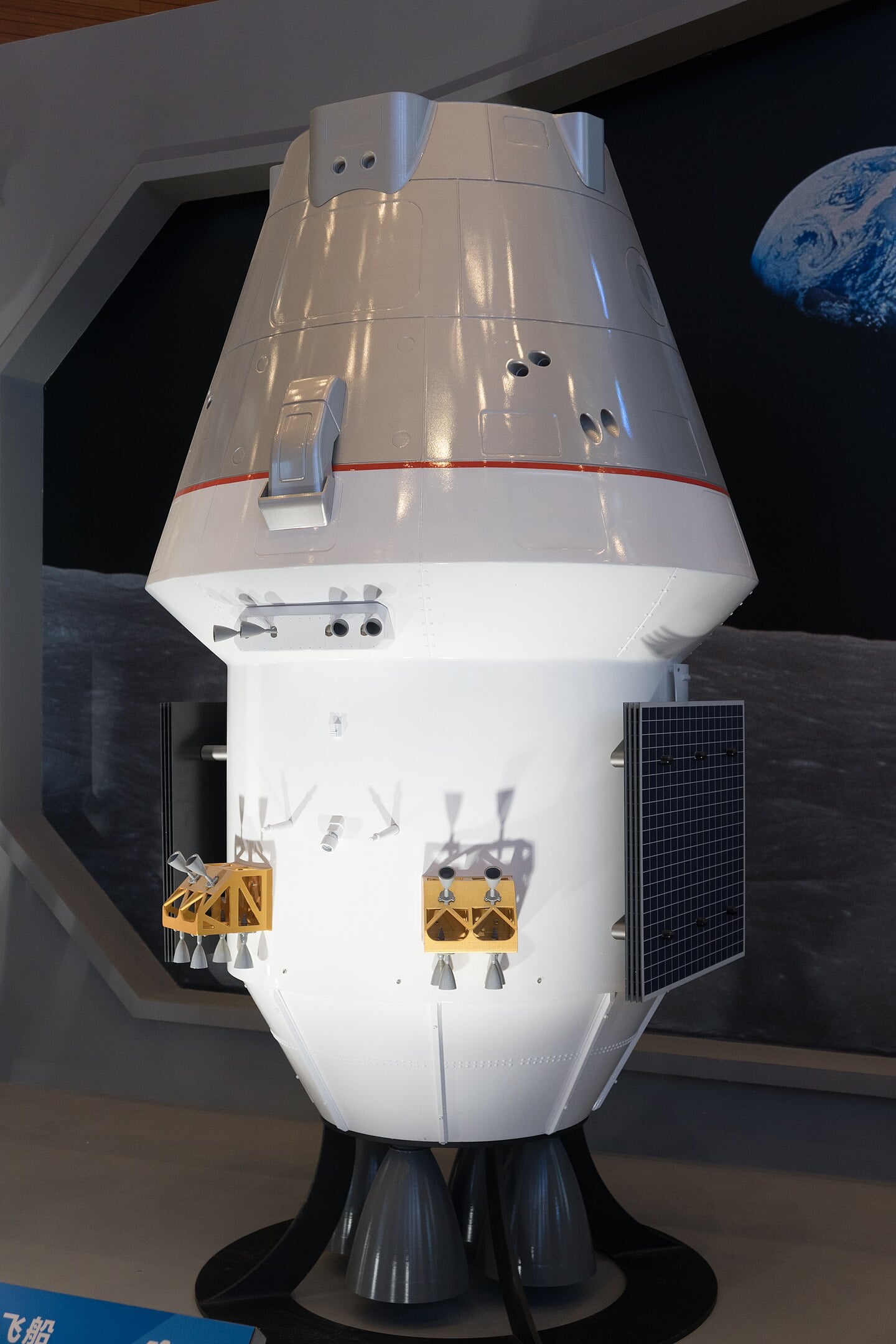From ancient Chinese fire arrows that once repelled Mongolian invasions to today's sophisticated spacecraft capable of carrying astronauts to the lunar surface, China's rocket journey has been a key part in the development of rocket technology. On June 17, 2025, that journey reached a crucial milestone when China successfully tested its next generation Mengzhou spacecraft, literally meaning "Dream Vessel” marking a key step toward putting Chinese astronauts on the Moon before 2030.
The story of Chinese rocketry began over a thousand years ago during the Song Dynasty, when military engineers developed the world's first gunpowder propelled rockets. These primitive "fire arrows" consisted of bamboo tubes filled with gunpowder and stabilised with wooden sticks. In 1232, Chinese forces used these early rockets to defend against Mongolian invaders at the Battle of Kai-Fung-Fu, launching up to 1,000 rockets over distances of 1,000 feet.
 The oldest depiction of rocket arrows, from the Huolongjing. The right arrow reads 'fire arrow,' the middle one is an 'arrow frame in the shape of a dragon,' and the left one is a 'complete fire arrow.'
The oldest depiction of rocket arrows, from the Huolongjing. The right arrow reads 'fire arrow,' the middle one is an 'arrow frame in the shape of a dragon,' and the left one is a 'complete fire arrow.'
From those humble bamboo beginnings, rocket technology would eventually evolve into humanity's gateway to the stars. The Mengzhou rock is a great example of this and their test at Jiuquan Satellite Launch Center represents China's first zero-altitude escape flight test in 27 years, since the Shenzhou spacecraft's similar trial in 1998. But this isn't simply a repeat performance, it’s a revolutionary advancement in spacecraft safety design.
 Launch of Shenzhou 13 on a Long March 2F rocket.
Launch of Shenzhou 13 on a Long March 2F rocket.
At 12:30 PM Beijing time, the test began. The spacecraft's engines roared to life, and within 20 seconds, the integrated spacecraft and launch escape tower assembly lifted off, reaching their predetermined altitude. The return capsule then cleanly separated from the escape tower, deployed its parachutes, and touched down safely using an airbag cushioning system.
What makes Mengzhou truly groundbreaking isn't just its successful test, but its fundamental design. Unlike the older Shenzhou spacecraft, where the rocket handled escape functions while the spacecraft managed crew survival, Mengzhou integrates both escape and survival capabilities into a unified spacecraft architecture. This represents a shift from shared responsibility to complete spacecraft autonomy, a critical advancement for deep space missions where split second decisions can mean the difference between life and death. Automating such decisions can make the difference between life and death although that relies upon the right decision making algorithms!
 Chinese next-generation crewed spacecraft mockup displayed at the National Museum of China.
Chinese next-generation crewed spacecraft mockup displayed at the National Museum of China.
The spacecraft which is modular in design can carry up to seven astronauts and features two distinct variants: a near Earth version for space station operations and a deep space model designed specifically for lunar missions. The lunar variant, weighing up to 26,000 kilograms, will carry three astronauts to lunar orbit where it will dock with a separately launched landing system.
This successful test comes at a time when multiple nations are racing to return humans to the lunar surface. China's ambitious timeline to land astronauts on the Moon before 2030 puts it in direct competition with NASA's Artemis program, which currently targets 2027 for its next crewed lunar landing.
The Mengzhou spacecraft will serve as the backbone for China's lunar ambitions, working alongside the currently under development Long March 10 rocket and specialised lunar lander. Unlike NASA's approach, which relies on the massive Space Launch System and Orion capsule, China's system emphasises modularity and reusability, potentially offering greater flexibility and cost effectiveness for extended lunar operations.
As China prepares for additional tests, including a planned in-flight escape test at maximum dynamic pressure later this year, the Mengzhou spacecraft moves closer to fulfilling its ultimate purpose. The next chapter in humanity's greatest adventure, a return to the Moon.
Source : China Tests the Crew Escape for its New Lunar Capsule

